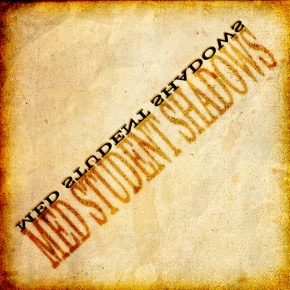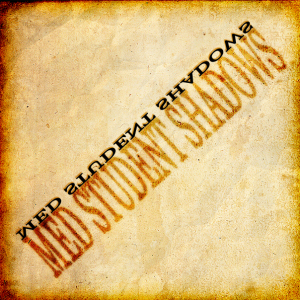 Art has been one of my passions ever since I could hold a pencil — an important outlet for expression, relaxation and reflection. However, I never found an intersection between art and medicine until I discovered medical illustration in college.
Art has been one of my passions ever since I could hold a pencil — an important outlet for expression, relaxation and reflection. However, I never found an intersection between art and medicine until I discovered medical illustration in college.
This is the field in which artists take medical school classes alongside medical students to become experts in anatomy, histology and pathology, the field which is responsible for providing the textbook and anatomy atlas illustrations over which medical students pore daily.
It’s a field with a rich history, including the works of Leonardo da Vinci, Andreas Vesalius’s artist partner Jan van Calcar, Max Brödel and Dr. Frank Netter.
I ended up choosing medicine because I was interested in the roles and responsibilities in healing patients with which physicians are privileged. But I’ve still had a niggling curiosity about medical illustration. So when I got the chance to spend a week shadowing in the Mayo Clinic Media Support Department, I seized it.

Michael King. From the 2008 exhibit: “Scalpel to Sketch: the Science and Beauty of Medical Illustration at Mayo Clinic.”
I watched in amazement as the illustrators meticulously drew and painted beautiful images of hearts, arteries, bowels and stem cells on their Cintiq tablet screens. I watched the animators make muscles contract and DNA molecules spin in programs like Autodesk 3Ds Max and Adobe After Effects, and then watched their creations at the patient education kiosks in the Mayo Clinic.
When I asked the illustrators questions about techniques,they were happy to share drawing tips and Adobe Photoshop tricks with me. The illustrators also helped me review anatomy and learn new surgical techniques, as many of their commissions were requested by surgeons wishing to use the images as teaching tools.
It’s already challenging to learn medicine and then verbally regurgitate the material on rounds or click on the correct answer on a standardized exam. But learning medicine and then visually processing it into easily-understood illustrations and diagrams so others can learn it more easily sounds a lot more difficult to me. What steps of a surgical procedure are important to depict? What parts of an anatomical structure have to be emphasized to illustrate a pathologic process? How do you visually explain a complex physiologic concept? Artists have to make these decisions for us — and we medical students benefit from their work. We should be grateful.
The next time you look at an illustration, take a moment to look for a tiny signature or for subtle brushstrokes. These are the fingerprints hard-working artists leave on their work. Consider these before you call that image in your lecturer’s presentation or your textbook “just a cartoon.”As medical students, we shadow physicians to learn about the nature of medicine from them and their patients. In this column, Diem traces her own shadow, preserving and illustrating her experiences—in class, in the hospital, and in between—as a humble medical student.


